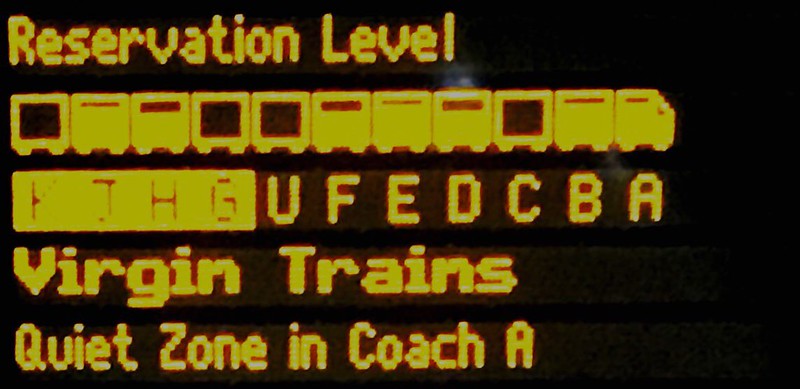Autonomous car technology
Baidu accuses former staffer of stealing autonomous car technology | FT – interesting case. Presumably it must involve autonomous car technology that falls outside the scope of the Apollo open source software project. Baidu started Apollo as an open source initative on autonomous car technology. Who would the staffer be giving this autonomous car technology to and isn’t there a risk that the Chinese government would get involved against the staffer? Autonomous car technology relies on a series of strategic priority technologies that the Chinese government cares about. In particular automation, machine learning and sensors.
Business
Iced tea maker soars 500% after pivot to blockchains | FT – yep things are as messed up as this looks
CryptoCurrency Screener – Yahoo Finance – it gives you an idea how mainstream cryptocurrency speculation has become
Culture
Bill Brewster Recalls His NYC Stint Living (and Record Collecting) in the ’90s – via our Jed
Design
Apple Plans Combined iPhone, iPad & Mac Apps to Create One User Experience – Bloomberg – my big concern would be around UX and design
Amazon Puzzles Over the Perfect Fit—in Boxes – WSJ – with e-commerce do you need the packaging to market the product on the shelf anymore? (paywall)
Cathay Pacific reuses uniforms to create sustainable red envelopes for Chinese New Year | The Drum – I really like this idea, although it might jar with job and pay cuts at Cathay Pacific
Ethics
Apple, CALEA and Law Enforcement – Lawfare – Apple is consistently making choices to protect users privacy and security. In the face of the kinds of attacks we’ve been seeing, from the “hack in a box” that Chinese criminals were selling to the sophisticated hacking Jupiter’s VPN, the better security is on phones and in communications, the better off we all are. So while Nick is right on the current vulnerability in iMessage, he has it wrong on both on Apple’s legal obligations under CALEA and how easy it would be for the company to accommodate law enforcement’s demands.
Marketing
Inexperience is hurting digital content: DeVries global CEO | PR | Campaign Asia – PR agency line of ‘engagement’ with everything – which shows a lack of understanding around effective marketing communications a la Byron Sharp and the Ehrenburg-Bass Institute work. Interesting what they are doing in China, but needs more nuance
Volkswagen ad to interrupt other brand advertising – interesting brand dynamics
How brands secretly buy their way into Forbes, Fast Company, and HuffPost stories | The Outline – this looks far more corrosive for the PR industry than Bell Pottinger
Media
Twitter Users Like Long Tweets More Than Short Ones | Buzzfeed – impressive if true
Retailing
China’s Guangzhou Tengshi secures further funding to expand automated convenience stores | South China Morning Post – interesting store concept that turns the retail space into a giant vending machine
brandchannel: Unboxing Boxed: 5 Questions With CMO Jackson Jeyanayagam – good to see this write-up with fellow WE veteran Jackson
Security
Germany accuses China of using LinkedIn to recruit informants-Sino-US – not terribly surprising
California fires: Navigation apps like Waze sent commuters into flames, drivers say | USA Today – this will damage Waze in California.
Technology
Qualcomm’s Anti-Competitive Conduct Could Be Exacerbated By Mergers | Disruptive Competition Project – interesting analysis
Alexa skills top 25,000 in the U.S. as new launches slow | TechCrunch – I guess its a limitation around the ‘type’ of knowledge taught. There are all kinds of restrictions over IP – so no movie dialogue quotes or sports results for instance unless you are ESPN or a film studio
3D printed Wi-Fi – still getting my head around this (PDF) via our Matt

